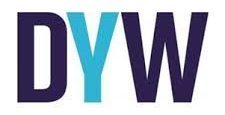Financial Education, Numeracy and Mathematics
The ability to work with numbers is an essential part of being financially capable. This has been recognised recently in a number of support materials recently published by Education Scotland. The first of these is the National Numeracy and Progression Framework. This includes a progression pathway on money (linked to the experiences and outcomes for money in Curriculum for Excellence) One of the key aspects of this framework is the concept of understanding finance in a digital world.
As well this there is also a set of benchmarks that will support teachers in assessing learning. These Benchmarks were published in August 2016 as draft documents. There is currently an online consultation which can be accessed via the National Improvement Hub. This consultation will close on 31.3.17 and the final Benchmarks will be published in June 2017.
There are many activities that will support young people’s learning across a number of different levels to ensure that financial education can provide memorable experiences and powerful messages. In a number of practical situations the following opportunities can be provided
- budgeting
- investigating value for money
- deciding on costings for design and manufacture
- discussing types of bank cards and costs involved
- designing coins/notes – shapes, patterns, etc
- taking part in money games
- investigating exchange rates
- discussing various methods of payment and costs involved
- using tally sheets and producing graphs/pictograms
- engaging with money transactions – different combinations of coins and notes
- comparing prices
- using Automated Teller Machines (ATM) and other ‘money’ machines
- calculating profit/loss
In addition to this engaging with numeracy and mathematics helps young people make the jump from dealing with concrete examples to the much more abstract nature of ‘money in the digital age’.

